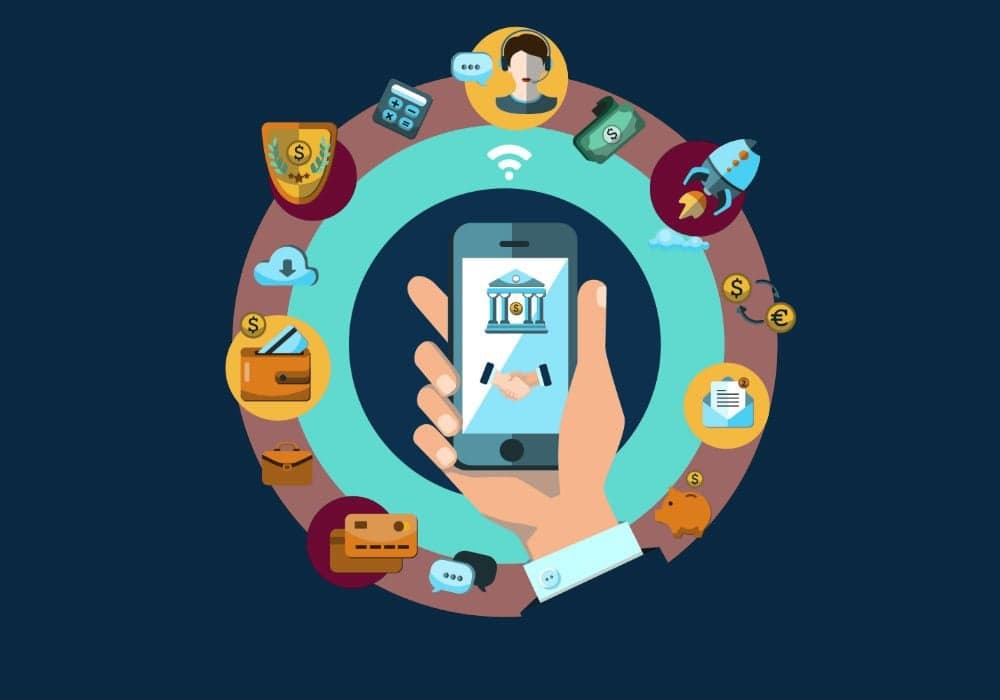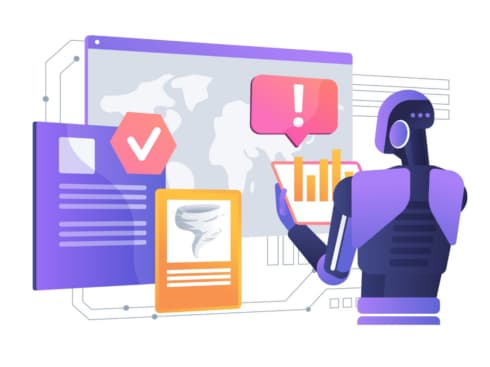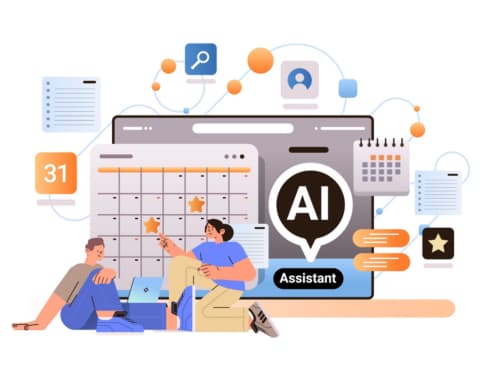
One of the biggest challenges that digital banking faces in semi-urban and rural markets is the absence of proportionate digital connectivity in these regions.
Players in the space – whether traditional banks, NBFCs, fintech companies, or institutional lenders – will also have to earn the trust of the non-metropolitan consumers.
The past year has seen a significant rise in the number of scams aimed at defrauding users – most of which exploited the end-user’s lack of awareness to steal money from e-wallets and online banking platforms
Digital banking has grown exponentially in urban India over the last few years. At the helm of this growth are younger users who, buoyed by the smartphone revolution and growing high-speed internet connectivity, have disrupted traditional banking patterns. No longer content to wait in long lines or deal with cumbersome processes, they fulfil their banking needs with the touch of a button – tap, tap, done.
Unfortunately, their peers in rural and semiurban India cannot make the same claim. The benefits of the ecosystem and efficiencies being enabled through APIs, SaaS-enabled platforms, artificial intelligence, and data analytics are unavailable to them.
The Hurdles to Banking on Digital
One of the biggest challenges that digital banking faces in semi-urban and rural markets is the absence of proportionate digital connectivity in these regions. Despite being home to more than 65% of India’s population – over 895.3 million people – they account for just 52% of the country’s 504 million-strong active internet user base. This translates to roughly only one in four non-urban consumers actively using the internet.
The other issue is that of trust. The business of lending, borrowing, and managing money requires the transacting parties to assume good faith – and people trust what is familiar over what is new. Non-metropolitan consumers are more accustomed to offline banking channels and are, therefore, more likely to opt for them over digital banking alternatives, which they feel can be more easily manipulated.
And then there is habit. People typically do not change behaviours and patterns unless there is an overwhelming stimulus to do so. This is why, in 2019, three years after the 2016 demonetisation exercise, the cash in circulation within the Indian economy stood at 96%. It is also the reason why businesses and individuals that get paid in cash often tend to make cash-based transactions.
The pace of innovation and acceptance in the Indian digital banking space is also stifled by technological and regulatory challenges. No matter how fast fintech companies innovate, every transaction is routed through a bank’s server and is enabled by deep integrations with core banking systems. Achieving this can be a methodical and time-consuming task, especially with regional and smaller banks that often lack adequate infrastructure for seamless digital operations. Moreover, given how strict regulatory bodies such as the RBI are about compliance, any new digital banking product – such as voice-activated banking services – must patiently wait for the relevant approvals before they can be deployed at scale.
How digital banking can make deeper inroads in rural India
For digital-only banking to truly benefit from the efficiencies of scale, it is necessary to unlock the potential of rural economies by addressing these gaps. Government initiatives such as the Digital India campaign and the BharatNet project are a positive step in this direction and are democratising digital connectivity by making it more available and accessible to non-urban users.
Even though there remains scope to further accelerate and optimise this digital transition, these interventions have proven effective, so far; rural India’s active internet user base outsized the urban internet base for the first time in 2019.
But greater digital connectivity alone cannot solve the challenge ahead of the Indian digital banking industry. Players in the space – whether traditional banks, NBFCs, fintech companies, or institutional lenders – will also have to earn the trust of the non-metropolitan consumers. To do this, digital banking companies must design products and services that cater to the specific needs and aspirations of the semi-urban and rural consumer while simultaneously working towards raising consumer awareness about digital banking products in these regions.
The pandemic has provided an unparalleled opportunity to achieve this aim. The restrictions on physical movement under the lockdown, as well as the threat of accidental transmission, have people confined to their homes. Consumers and businesses across all geographies – whether urban, semi-urban, or rural – have eagerly adopted digital payments to deal with this limitation.
As a result, in April 2020, digital payments accounted for 98% of the total transaction value of payments in India while, in November 2020, UPI transactions across the country stood at INR 3.91 lakh crore. Digital banking companies have a unique opportunity to capitalise on this shift and make it permanent – and UPI is the perfect medium to do so. The technology has improved trust in digital banking transactions through seamless services, round-the-clock availability, and greater security and has demonstrated the potential to become the vehicle that drives digital adoption amongst non-urban customers. It also solves the secondary issues with technological integrations between banks and fintech companies. More traditional BFSI players are now moving towards a similar, API-based approach to securely sharing data and services, enabling new-age banking companies to improve service accessibility and availability for rural users.
Policymakers are also supporting this shift by evaluating and redefining existing guidelines for a more streamlined process of regulatory approval – and there is admirable progress being made in this direction. In December 2020, for example, the RBI announced several measures to ensure better security management and controls in digital transactions. In the past, too, it has worked with the government to introduce systems like the Aadhaar Enabled Payment System and DigiLocker, and payment apps like Bharat Interface for Money (BHIM), which will go a long way in enabling digital-only banking in India.
There, however, remains some work to be done when it comes to improving the security of digital transactions. The past year has seen a significant rise in the number of scams aimed at defrauding users – most of which exploited the end-user’s lack of awareness to steal money from e-wallets and online banking platforms. Digital banking players must factor in these bottlenecks when building a smooth and secure transactional experience. User sensitisation and awareness, of course, will play a major role in addressing digital security, as will working closely with cybersecurity service providers to develop a secure and seamless technology infrastructure.
As internet connectivity expands to the hitherto untouched sections of the population, and fintech companies innovate to address regulatory and technical challenges, the banking landscape will digitise and become increasingly transparent. With more than 70% of rural India awaiting this future, the need of the hour is to accelerate our progress. Turning the vision of a digital-first, less-cash India into a tangible reality will drive an explosion of growth opportunities due to cascading digital disruptions. Sooner or later, another billion customers will transact online – and the digital banking industry must be available at their fingertips, to cater to their banking needs.




 Fintech
Fintech Travel Tech
Travel Tech Electric Vehicle
Electric Vehicle Health Tech
Health Tech Edtech
Edtech IT
IT Logistics
Logistics Retail
Retail Ecommerce
Ecommerce Startup Ecosystem
Startup Ecosystem Enterprise Tech
Enterprise Tech Clean Tech
Clean Tech Consumer Internet
Consumer Internet Agritech
Agritech































